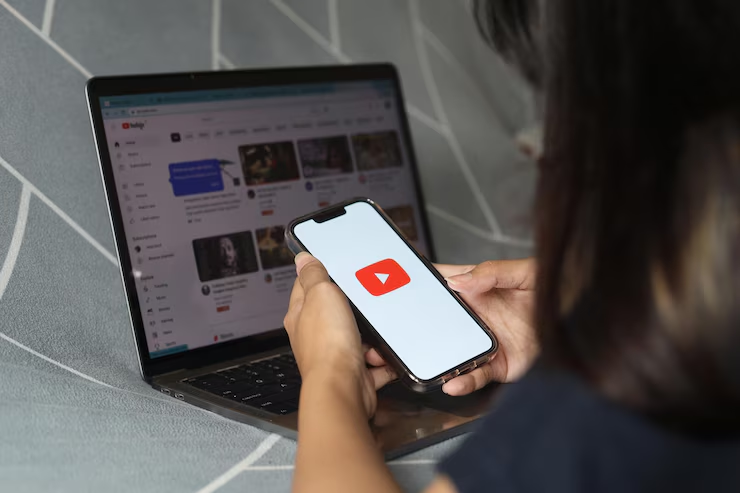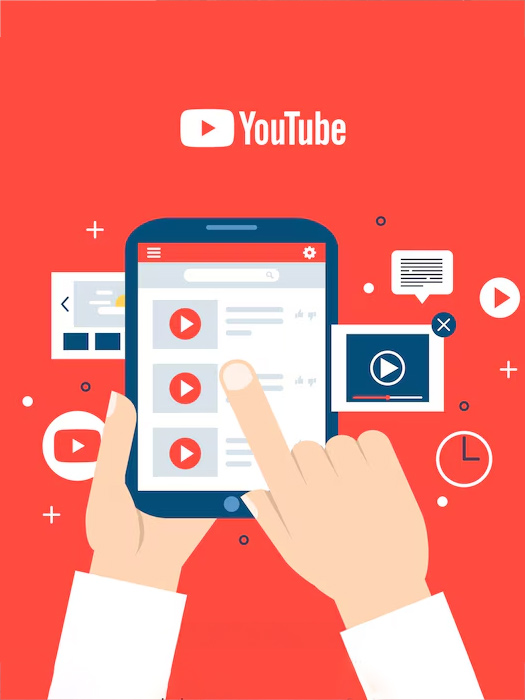YouTube’s New Monetisation Rules 2025: YouTube is tightening the rules for creators in its YouTube Partner Programme (YPP). While the basics haven’t changed, the platform is doubling down on originality. Creators who pour in effort, insight, and creativity will be rewarded; those who rely on repetitive, mass-produced uploads are at risk. If you want to monetise from July onwards, now’s the time to review your library and make sure your videos are genuinely yours.
YouTube New Monetisation Rules 2025
YouTube, in a statement published on its official support page, stated, “In order to monetise as part of the YouTube Partner Program (YPP), YouTube has always required creators to upload 'original' and 'authentic' content. On July 15, 2025, YouTube is updating its guidelines to better identify mass-produced and repetitious content. This update better reflects what 'inauthentic' content looks like today.”
To join the YouTube Partner Programme (YPP), creators still need to meet the same basic requirements. Your channel must have at least 1,000 subscribers. On top of that, you’ll need either 4,000 hours of valid public watch time over the past 12 months, or 10 million public views on Shorts in the last 90 days. These rules haven’t changed with the update, they’re still the first step towards earning money on YouTube.
YouTube New Monetisation Rules 2025: Who Is Impacted?

The new policy primarily affects channels that rely on rehashed content with little to no original input. This includes AI-generated clips with synthetic voices, templated compilations, low-effort tutorials, fake trailers, or reaction videos that merely repurpose existing footage. YouTube is not banning reaction or commentary videos outright, but creators must add real personal insight and value to avoid demonetisation.
Why Are These Changes Being Made?
According to YouTube, there has been a flood of low-effort, repetitive, AI-generated videos that clutter the platform with repetitive and inauthentic content. Advertisers and viewers have expressed concern, and the platform wants to support creators who put time and thought into their work. The latest update is described as a “minor tweak” rather than a radical overhaul, but it’s one aimed at reinforcing long-standing rules around original content
Don't miss:5 Smart Ways To Turn Criticism Into Growth
What Counts As Original And Authentic?
YouTube’s policies stress that any reused material needs significant transformation: thorough editing, narration, commentary, or analysis must be present.
YouTube has shared two rules about what kind of videos won’t be allowed for monetisation.

i) First, if you’re using clips or material from other sources, you need to change it in a meaningful way (just copying and pasting won’t count).
ii) Second, if your content is repetitive, it must offer something useful to the viewer. That means it should either be genuinely entertaining or provide some educational value, rather than just being made to chase views.
This new policy is likely to affect videos that use clickbait titles, follow the same old templates, or rely heavily on AI-generated content. It especially targets videos with computerised voices or ones that reuse other creators’ work without putting in much effort to change or improve it.
YouTube Monetisation Rules 2025: Implications
Channels that fail to meet the new authenticity criteria may find their monetisation turned off. Creators are advised to act before the July 15, 2025, deadline, and channel reviews may take longer as the platform adjusts its systems.
Don't miss:Barbie Launches First-Ever Doll with Type 1 Diabetes: Here's Why The Representation Matters
How Creators Can Stay Ahead?
To avoid trouble, creators should ensure that every video offers something new. If your channel features compilations, reactions, or AI narrations, make sure you’re adding your own personality, using your own voice, restructure content, or analysis, and cite sources clearly. This isn’t about banning AI tools, it’s about making sure you’re using them thoughtfully and creatively.
Whether you're just starting out or already earning through the YouTube Partner Programme, understanding these changes is key to keeping your channel eligible for ads and revenue.
For more such stories, stay tuned to HerZindagi.
Image credit: Freepik
HerZindagi Video

Take charge of your wellness journey—download the HerZindagi app for daily updates on fitness, beauty, and a healthy lifestyle!


Comments
All Comments (0)
Join the conversation